Mysteries from the past always hold a unique allure that captivates everyone who dares to delve into its depths. From ancient artifacts to unsolved mysteries, the allure of uncovering secrets long buried in the sands of time is undeniable. Join us to unlock some of the biggest secrets in the world.
1. Michelangelo’s painting, The Creation of Adam, correctly depicts a brain
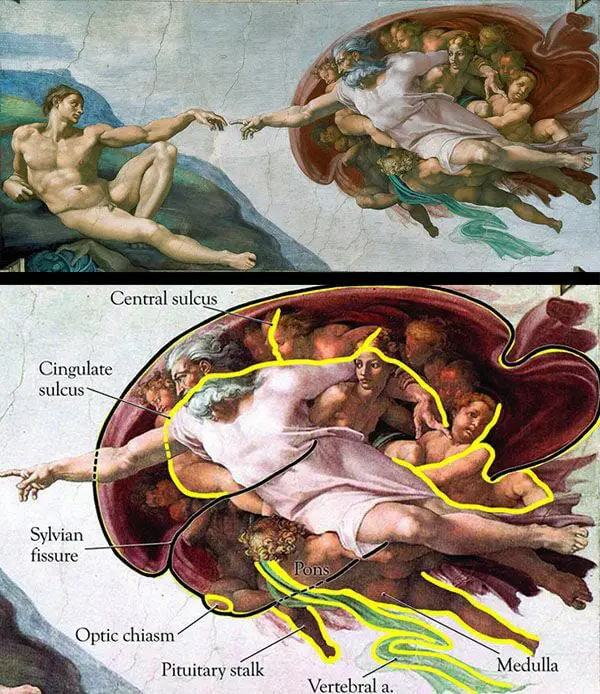
Michelangelo’s “Creation of Adam” is undeniably one of his most famous and talked-about masterpieces. Interestingly, Michelangelo was primarily a sculptor and initially hesitant about painting. However, after his remarkable work on the Sistine Chapel’s ceiling, he decided to pursue painting further.
In 1990, Frank Lynn Meshberger put forward an intriguing idea about the painting. He suggested that it might contain a hidden depiction of the human brain that the depicted God is superimposed on the emotional side of the brain, the limbic system.
Michelangelo Buonarotti was known for believing deeply in the power of his mind and attributed his success to it. He famously stated that his intellect was a gift from God and that divine guidance flowed through it.
In the painting, there is a remarkable moment when the spark of life is passed from God to Adam. According to Meshberger’s theory, this transfer represents the bestowal of creative power that Michelangelo himself dedicated his life to cultivating. The right arm of God reaches out to Adam through the prefrontal cortex, which is associated with creativity in the brain.
2. The hidden signatures on Mona Lisa, Leonardo da Vinci’s masterpiece
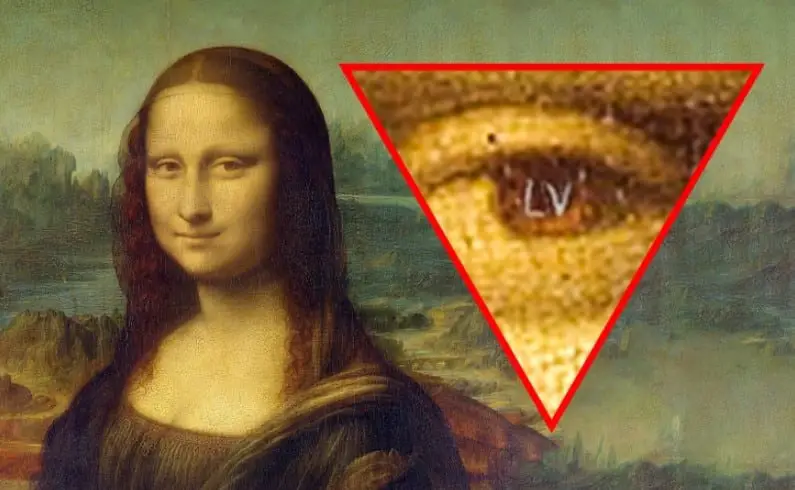
Members of Italy’s national committee for cultural heritage have sparked controversy by suggesting that there’s a mysterious code hidden in the Mona Lisa’s eyes. They claim that if you zoom in on high-resolution images of the famous painting, you’ll see letters and numbers added by Leonardo da Vinci himself.
“To the naked eye, the symbols are hard to distinguish, but with a magnifying glass you can see the letters LV behind the right pupil (the left when watching the painting). They could stand for his name Leonardo Da Vinci,” Vinceti told the Italian news agency ANSA.
Silvano Vinceti, the committee’s president, believes these symbols might spell out “CE” or just “B.” He also suggests that other symbols could be hidden in the landscape, especially in the arch of the bridge.
“They seem to be the number 72, or it could be an L and the number 2,” Vinceti said.
While this idea has excited fans of Dan Brown’s novels, many Leonardo scholars aren’t convinced.
“I can’t offer any comment on the scientific value of this ‘finding’ since the scientific basis to support it are missing,” Carlo Pedretti, the world’s leading scholar in Leonardo studies, told Discovery News.
3. Ancient cities lurk in the Amazon forest
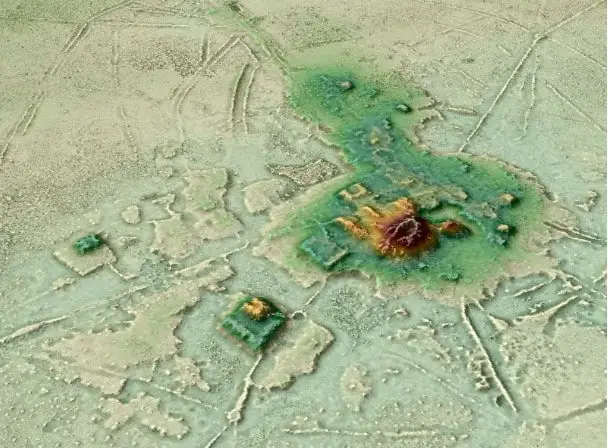
The Amazon is known as one of our planet’s last great wildernesses, and for centuries, legends have circulated about hidden cities deep within its forests.
Many Spanish adventurers were enticed by the stories, hoping to discover the fabled city of El Dorado, a place rumored to be made entirely of gold. We’ve also heard of explorers captivated by tales of legendary cities like the Lost City of Z.
But here’s the fascinating part: these legends aren’t just tales. Recently, a group of scientists used lidar imaging to penetrate the dense rainforest of the Amazon. And guess what? They actually found the remains of ancient urban centers, providing concrete evidence that these stories held some truth.
Using LiDAR technology, scientists made an incredible discovery in the Amazon. They found around 6,000 rectangular platforms that were about 20m by 10m in size and 2-3m tall. These platforms were grouped together in sets of three to six units around a plaza with a central platform.

The scientists believe that many of these structures were homes, while others were used for ceremonial purposes. One particularly impressive complex at Kilamope had a massive platform measuring 140m by 40m.
A network of straight roads and paths, with one road stretching for 25 km (16 miles) was found. Dr Dorison said, “The road network is very sophisticated. It extends over a vast distance, everything is connected. And there are right angles, which is very impressive.”
According to archaeologists, the city was built around 2,500 years ago, and people lived there for up to 1,000 years. It is so difficult to accurately estimate how many people lived there at any one time, but scientists say it is certainly in the 10,000s.
Unfortunately, the once-great civilization has since been destroyed, marking the end of an era.
4. The mystery of the Bermuda Triangle
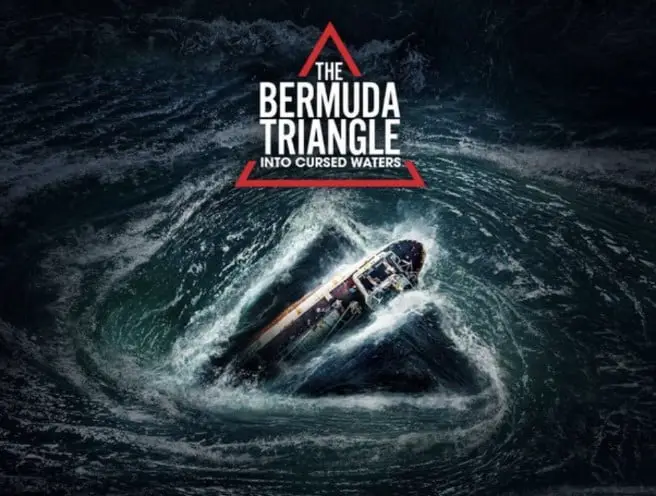
Bermuda is stunningly beautiful and steeped in mystery. The Bermuda Triangle, also known as the Devil’s Triangle, stretches across 500,000 square miles of the Atlantic Ocean.
Over the last 500 years, around 50 ships and 20 aircraft have disappeared within its bounds, often without a trace. Many disappeared in supposedly calm seas, with no distress signals sent and no wreckage or bodies found.
The bizarre disappearances associated with the Bermuda Triangle have sparked various theories, ranging from alien abductions to sorcery. While the mystery remains partially unsolved, there are scientific explanations for many of the maritime disasters that have occurred in the Triangle.
In fact, several incidents can be attributed to extreme weather conditions that local Bermudian fishermen are familiar with. For example, “white squalls,” which are sudden, intense storms on seemingly clear days, are likely culprits. Another phenomenon, waterspouts, which are similar to sea tornadoes, can also play a role in these incidents.
According to the latest scientific theory surrounding the Bermuda Triangle, the mysterious disappearances of ships and aircraft could be the result of large deposits of methane gas being released from the ocean floor.
These massive eruptions of methane bubbles have the potential to displace water around a ship, leading to its sinking. Furthermore, if the methane, which is highly flammable, rises into the air, it could ignite and cause an airplane’s engine to explode, resulting in the aircraft vanishing.
5. Pablo Picasso’s The Old Guitarist has hidden figures
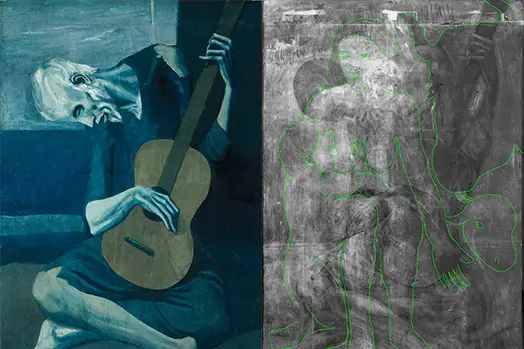
Many people find Pablo Picasso’s “The Old Guitarist” to be a haunting and powerful piece of art. It was created during his blue period and portrays an elderly and blind guitarist, inspired by the marginalized individuals Picasso encountered in Spain.
Through X-rays and examinations, curators discovered the presence of three figures peering behind the old guitarist’s body. The three figures are an old woman with her head bent forward, a young mother with a small child kneeling by her side, and an animal on the right side of the canvas.
Despite some areas of the painting being unclear, experts have determined that there are at least two different paintings beneath “The Old Guitarist.”
It’s unknown if Picasso intentionally abandoned these early sketches, but it was common for painters of that time to reuse canvases due to financial constraints.
6. The sailing stones of Death Valley
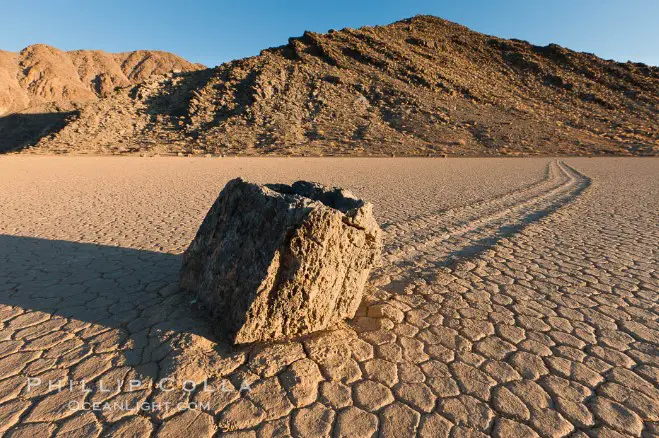
For many years, people in Death Valley’s dry lakebed, known as Racetrack Playa, were confused about a strange phenomenon. Every decade or so, rocks weighing up to 700 pounds (318 kilograms) would seemingly move on their own, leaving behind long trails on the desert surface.
Over the years, numerous theories were proposed, but none proved to be entirely accurate. However, in 2011, researchers from the Scripps Institution of Oceanography at the University of California-San Diego took on the challenge of unraveling this mystery. It took them two years, but they finally solved it.
Here’s what they discovered: During wintertime, a thin layer of water forms on the playa due to rainfall. This water then freezes overnight. When light winds blow, they gently push the rocks, causing them to slide at a speed of just a few inches per second.
7. The Easter Island heads actually have bodies
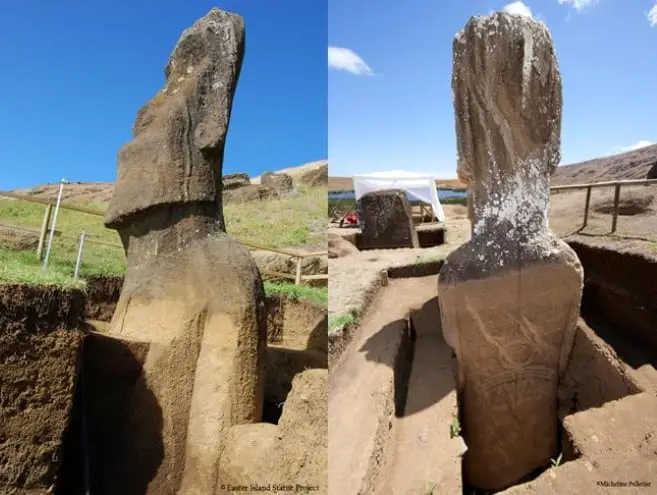
Whether in person or online, we’ve all seen those famous images of Easter Island’s leaders, right? What you might not have known is that those heads actually have hidden bodies buried beneath them.
The Easter Island heads are known as Moai by the Rapa Nui people who carved the figures in the tropical South Pacific directly west of Chile. These monolithic statues were crafted from the island’s stone between the years 1,100 and 1,500 CE.
Over time, like many things on our planet, the statues suffered from the effects of time, becoming buried under sediment and rocks. This burying process actually preserved the torsos of the Easter Island heads.
However, a dedicated team of archaeologists from UCLA initiated the Easter Island Statue Project to study and protect these valuable artifacts. As part of their work, they excavated several of the heads, revealing the hidden torsos and bodies underneath.


